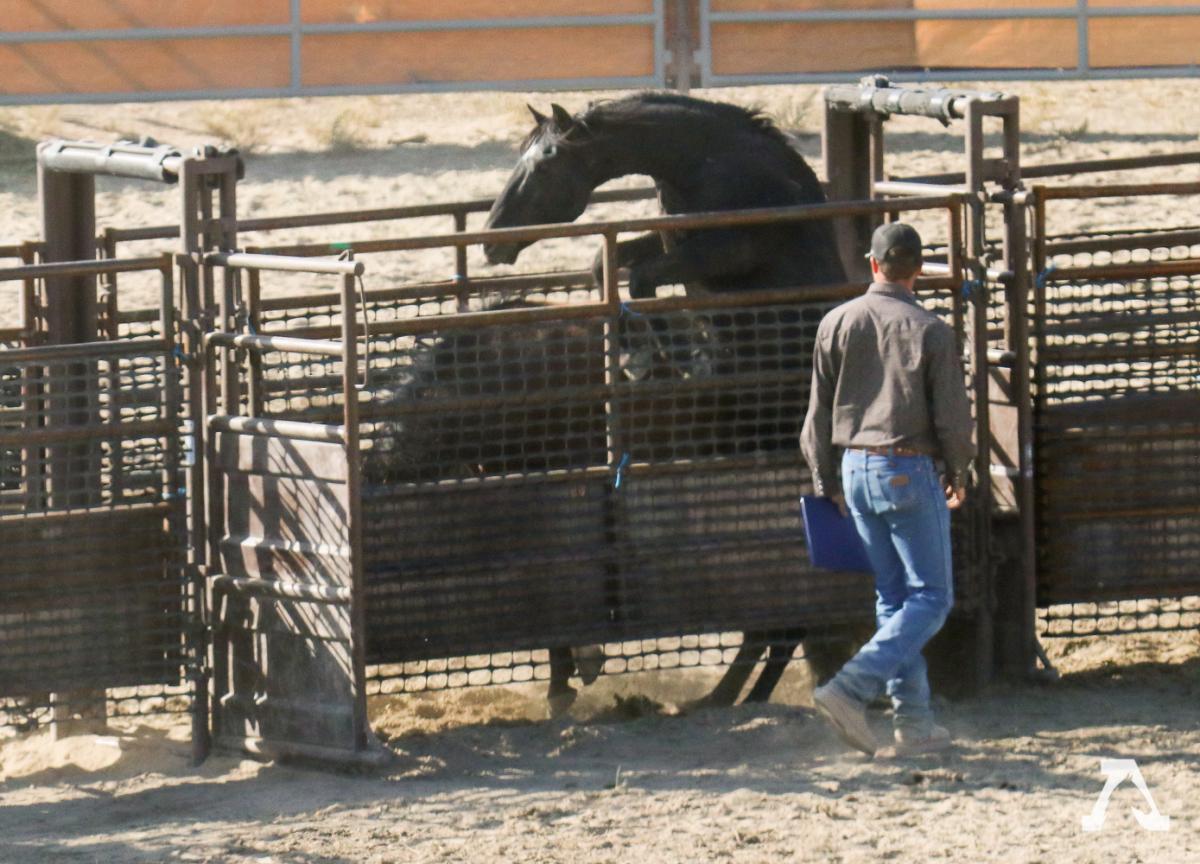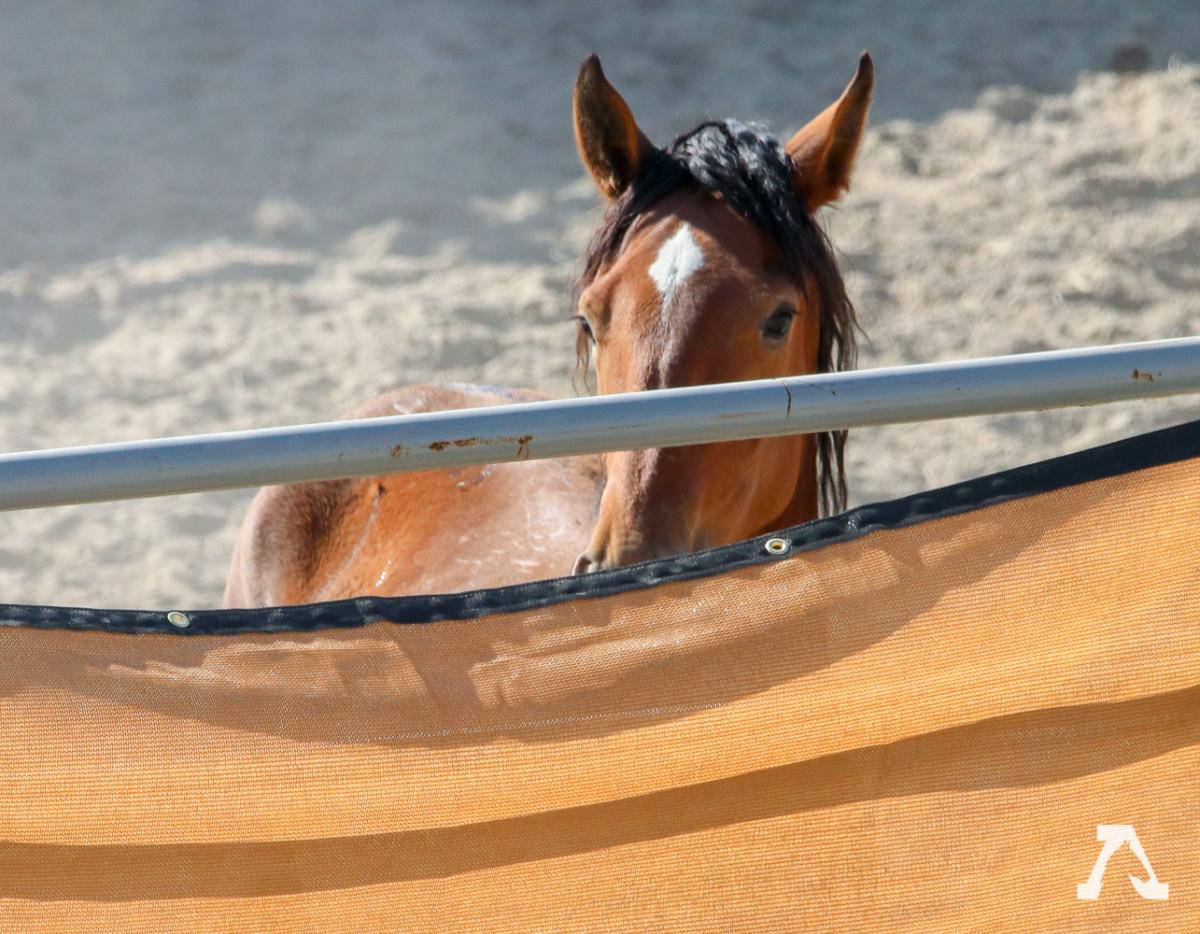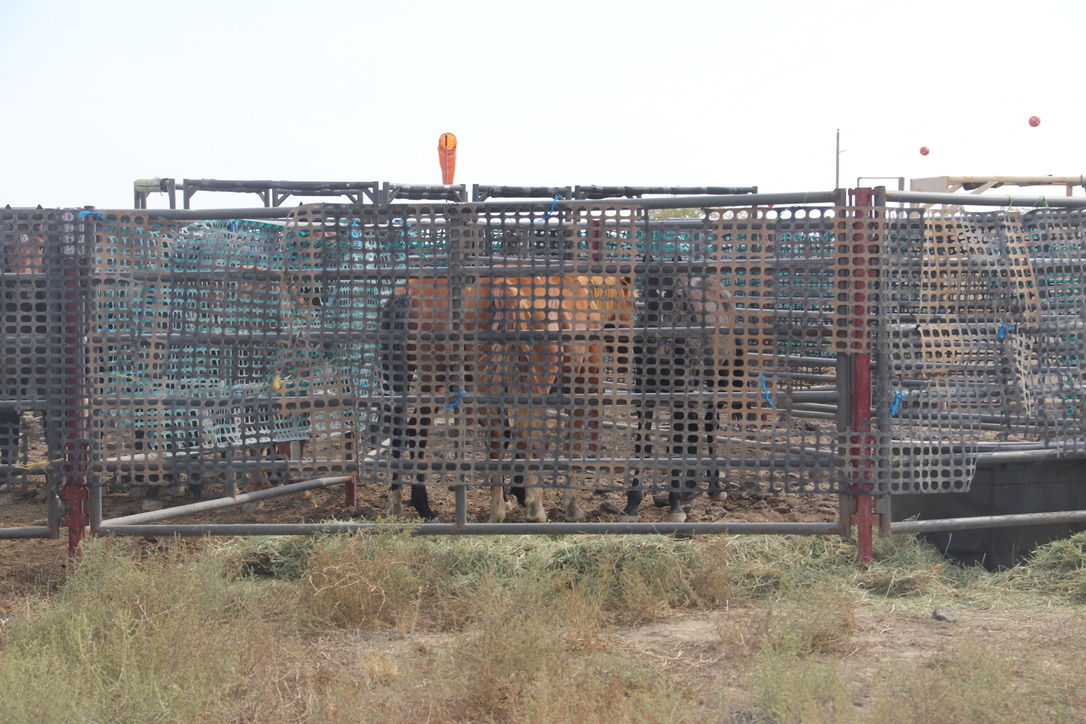The Jackson Mountain Herd Management Area (HMA) spans 264,974 acres in Nevada and is home to an estimated 1,018 wild horses. However, the Bureau of Land Management’s (BLM) unscientifically low Appropriate Management Level (AML) for the HMA – the number of horses the agency claims that the range can sustainably support in conjunction with other animals and resource uses – is just 801-888 wild horses.
While the BLM notes that there is currently not enough forage and water in the HMA to sustain the wild horse population, at the same time the BLM continues to authorize thousands of private livestock to graze in the HMA. The below table* shows just how skewed the preference for grazing is to livestock within wild horse habitat.
|
Allotment |
Overlap with HMA |
Livestock AUMs** |
Wild Horse AUMs |
|
Deer Creek |
60% |
754 |
72-120 |
|
Jackson Mountains |
50% |
8,857 |
840-1,404 |
|
Happy Creek |
37% |
3,724 |
432-720 |
|
Desert Valley |
32% |
1,596 |
0 |
|
Bottle Creek |
14% |
3,434 |
144-240 |
|
Wilder-Quinn |
>1% |
14,379 |
72-120 |
*These values can be found in the Preliminary Environmental Assessment for the Jackson Mountain HMA.
**AUM stands for Animal Unit Month and is the way BLM portions forage allocations. For example, 1 AUM is equal to 1 cow/calf pair. Cattle and sheep graze within the Jackson Mountain HMA.
It is time for the BLM to manage wild horse habitat for the wild horses.
This roundup will cost the taxpayers at least hundreds of thousands to just round up these 600 beloved horses from the HMA. The removal will also bring along with it the lifetime cost of millions to house these 600 horses for the remainder of their lives in government-holding corrals.
On top of that, the taxpayer foots the bill for federally subsidized livestock grazing on public lands as well. The federal grazing fee remains at its historic low of $1.35 per animal per month. That’s a steep discount, thanks to the taxpayer subsidies that prop up this federal entitlement program. (Estimates indicate that the overall cost to taxpayers for the federal grazing program could be as much as $500 million annually.
Helicopters are scheduled to fly starting on or about September 15, 2021. We will update this report as the operation progresses.
Roundup Report
Cumulative totals:
527 were captured
31 lost their lives
September 30, 2021: 24 wild horses lost their families and freedoms today. There were no deaths. Today was the last day horses were removed.
September 29, 2021: 15 wild horses were captured today and there were five deaths. A 6 year old grey mare was euthanized for "chronic injury with poor prognosis for recover," 12 year old Bay stallion was euthanized for a "chronic injury (lameness/physical defect: previously injured front leg)," a foal and a grey stallion were euthanized for cancer/tumors, and 20+ year old Sorrel stud was euthanized in accordance with IM 2021-007 due to chronic injury (lameness/physical defect: previously injured rear left leg)
September 28, 2021: 41 wild horses lost their freedom and four lost their lives. All were for "chronic injury with poor prognosis for recovery."
September 27, 2021: 55 horses were chased by helicopters and trapped. There were four deaths. All were for "chronic injury with poor prognosis for recovery."
September 26, 2021: 9 horses were captured today and there were no deaths.
September 25, 2021: Today 37 wild horses lost their freedom and six lost their lives. Four horses were euthanized for "chronic injury with poor prognosis for recovery," one filly was euthanized for a hernia, and one four-year-old mare was euthanized for being blind in one eye.
September 24, 2021: 41 horses lost their freedom and there were two deaths. A two-year-old mare and a bay foal were both euthanized due to hernias.
September 23, 2021: Today, 23 wild horses were stamped into traps and there were two deaths. A 20+-year-old bay mare and a four-year-old bay mare were both euthanized for a "chronic injury with poor prognosis for recovery."
September 22, 2021: 30 wild horses were captured today and there were two deaths. According to the BLM, one 6-year-old bay stallion was euthanized for a hernia, and one 20-year-old mare was euthanized for a "chronic injury with poor prognosis for recovery."
September 21, 2021: 53 wild horses were chased into traps by helicopters and one lost her life. A four-year-old bay mare was euthanized due to a "chronic injury with poor prognosis for recovery."
September 20, 2021: 73 wild horses were captured today and there was one death. One mare 20+-year-old Bay mare was euthanized due to a "chronic injury with poor prognosis for recovery"
September 19, 2021: 4 wild horses lost their freedom today.
AWHC's field representative was 1 of 2 people who showed up for public observation today.
After a rather long hike, we were only offered a distant view of the back of the trap. We could not see any of the approach or horses pushed into the trap wings. All we could see was a lot of dust and horses scattering in all directions from the trap area hidden behind a hill. We were allowed to stop by temp holding on our way out.
September 18, 2021: 24 wild horses were captured and 3 died as a result of the operation today.
AWHC's field representative was 1 of 3 people who showed up for public observation. There were 3 deaths.
- According to the BLM, a 5 year old Bay mare was euthanized due to a hernia.
- According to the BLM, a 2 year old Bay mare was euthanized due to a hernia.
- According to the BLM a bay filly was euthanized due to being "orphaned/abandoned"



September 17, 2021: 43 wild horses were captured.
September 16, 2021: Today, 18 wild horses lost their freedom and one lost her life. A four year old Bay mare was euthanized for a "large abscess."
September 15, 2021: A total of 37 wild horses were captured on the first day of this roundup.


